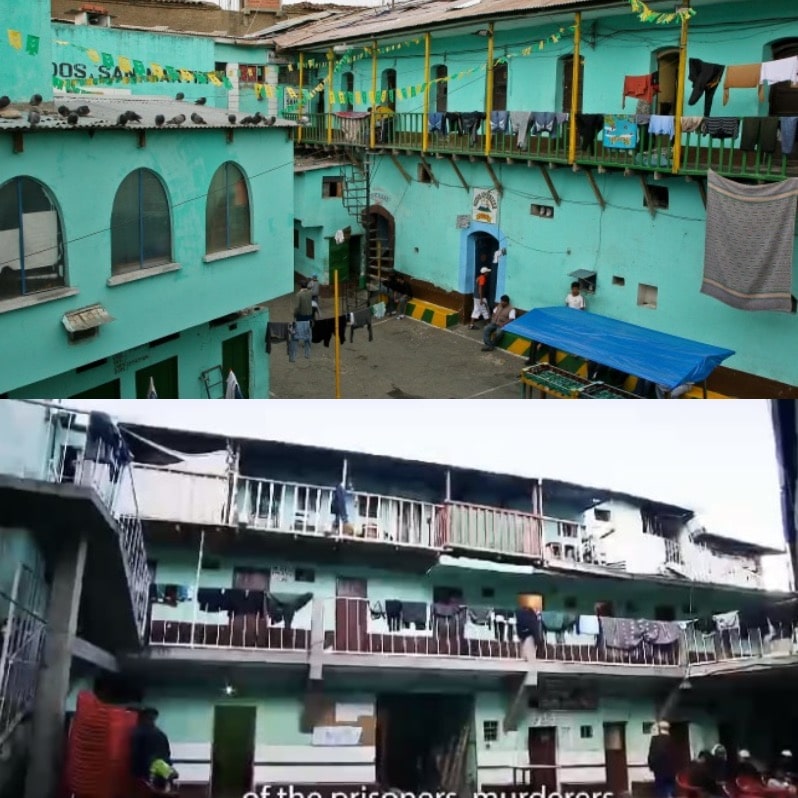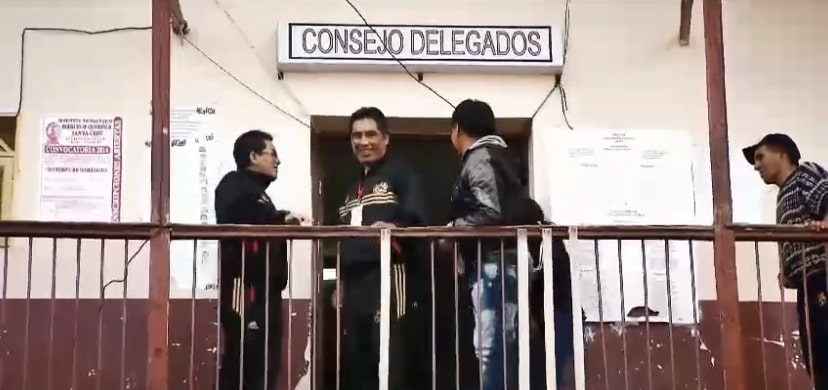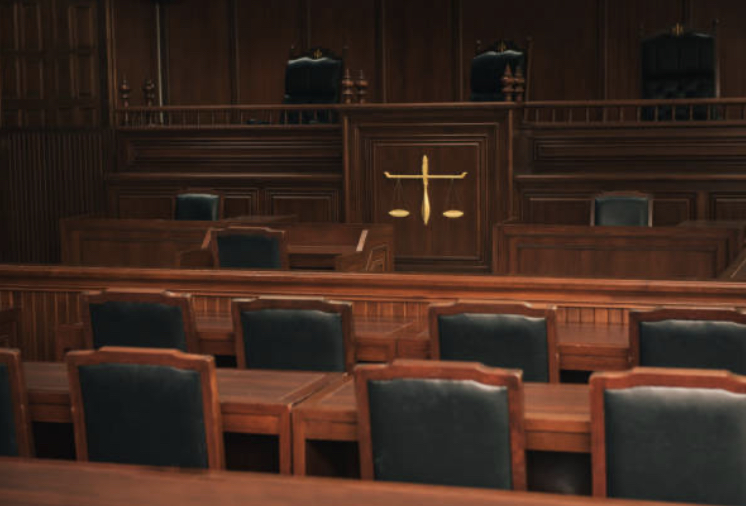Inside San Pedro Prison: A Realm Where Inmates Rule


Introduction
San Pedro Prison in La Paz, Bolivia, is a unique and unconventional correctional facility. Originally a traditional penitentiary, it has transformed into a lawless realm where chaos and order coexist. In this article, we explore the history, inhabitants, and unprecedented system of San Pedro.
History and Evolution
San Pedro Prison was initially a conventional penitentiary that adhered to standard incarceration models. However, in 2002, the Bolivian government made a radical decision to relinquish external control. This allowed inmates to govern themselves, transforming San Pedro into a self-governing entity.
This shift in power dynamics gave rise to internal leaders called Delegates. These individuals guided and governed their fellow inmates, shaping a new social order within the prison walls. The transition faced criticism, but also attracted global attention as an alternative approach to rehabilitation.
Anarchy Behind Bars
Inside San Pedro Prison, anarchy prevails. With over 2000 inmates and minimal external oversight, it has become a lawless domain where survival is a daily struggle. Inmates, ranging from drug lords to murderers, establish their own rules and hierarchy to maintain order. The absence of traditional authority structures allows inmates to determine their destinies and challenge conventional norms.
The Role of Delegates

At the top of San Pedro’s social structure are the Delegates, prison bosses who emerge from the inmate population. They govern the eight districts within the prison, with one boss, Victor Hugo Mendoza, holding the title of boss of all bosses. Their leadership stems from the unprecedented autonomy granted to inmates, showcasing a world where convicts become architects of their own society.
Survival Strategies
Entering San Pedro is a formidable initiation for newcomers. Survival depends on understanding the rules set by the Delegates, who control both physical and psychological dynamics within the prison. Adhering to these rules becomes crucial to avoid life-threatening situations. Navigating this complex landscape is essential for newcomers to this challenging and unconventional realm.
City Within a City
San Pedro Prison is more than a prison; it is a self-contained city. Inmates undertake roles typically fulfilled by authorities, blurring the boundaries between the incarcerated and the free. Women become conduits, bringing essential goods from the outside world, further intertwining autonomy with imprisonment. San Pedro becomes a living paradox—a city within a city—where daily routines and responsibilities defy traditional correctional facility boundaries.
Conclusion
San Pedro Prison uncovers a fascinating story of a world where prisoners have control over their own futures. This one-of-a-kind environment defies typical prison conventions and has generated worldwide curiosity. San Pedro Prison serves as proof of how human nature can evolve when left to its own devices, providing insight into a realm where chaos and independence redefine the limits of confinement. Venturing into this lawless facility reveals a complex interplay of authority, adaptation, and the reimagining of societal systems, leaving a lasting impact on discussions surrounding inmate control.
Watch video Below👇




